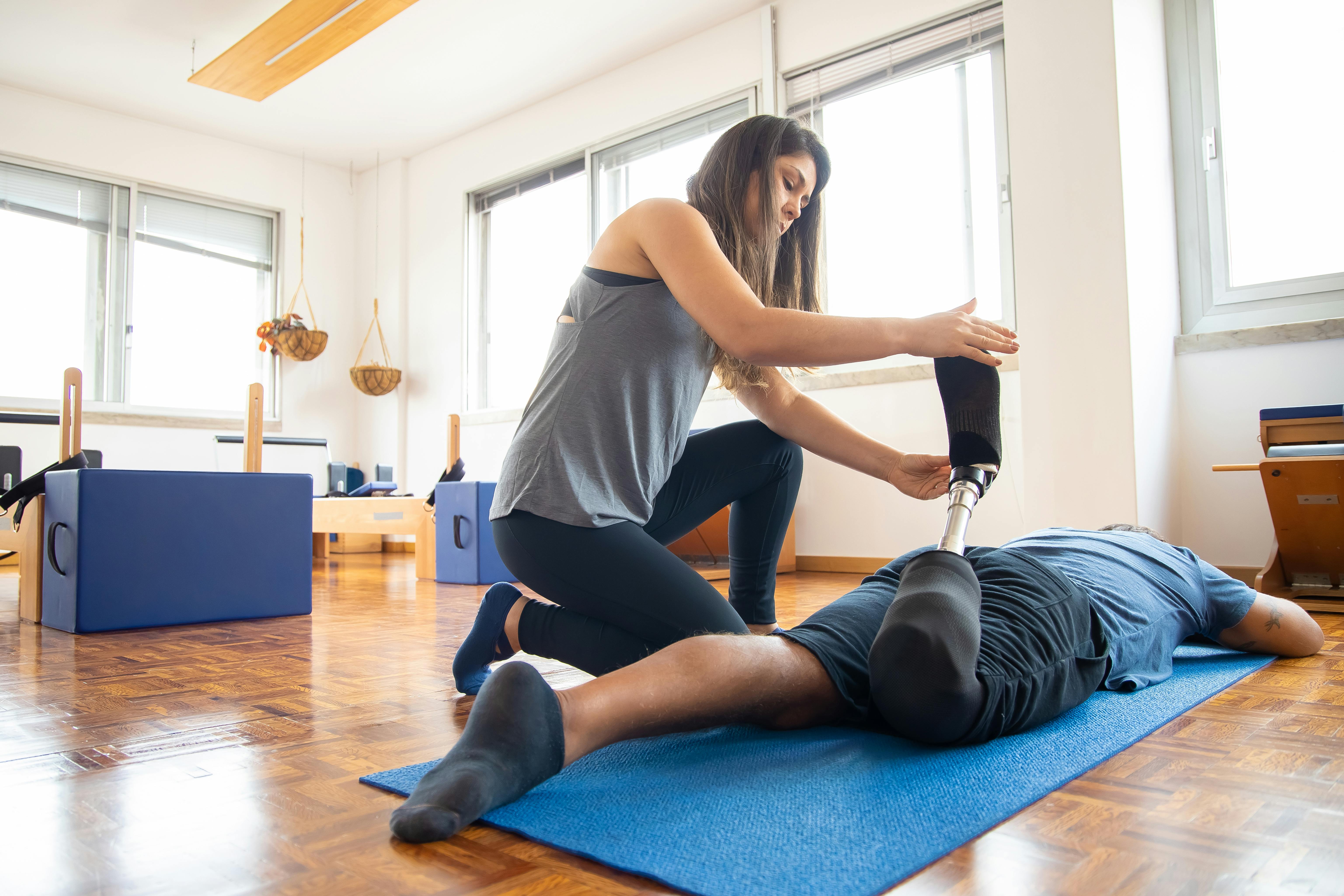Contrary to popular belief, belly dancing does not involve just the movement of the belly. The whole body moves in dance and has evolved from traditional forms to heart pumping exercises. It is a form of exercise in which any adult can participate, regardless of age, gender, weight, agility and knowledge of dance steps. This is something that serves as a great alternative for people who don’t normally like going to the gym. However, one thing is for sure, belly dancing can be very addictive. Belly dance is low impact (risk of injury is minimal when dance movements are performed correctly). The most distinctive feature of belly dancing is the isolated movements of the abdomen. These circular, rolling, angular and vibrating movements are based on the natural movements of the body and are exactly what makes belly dancing such a safe form of exercise for people of any age.
The fluid movements of the hips, twists and pivots that are performed during belly dancing use the muscle groups of the abdomen, pelvis, spine and neck. During belly dancing, the joints and ligaments in the lower back and hips are subjected to a wide range of smooth, repetitive movements. Don’t you know that belly dancing can prevent pregnancy pain? Dance movements mimic the birthing process and teach mothers how to move their pelvis. Pregnant mothers also find that belly dancing helps them relieve back pain and keep their bodies flexible. While shimmies should be avoided during pregnancy, the figure of eight and rolling circular motions are a good preparation for childbirth; They help the normal pelvic relaxation process to prepare for childbirth and, at the same time, help firm the pelvic muscles for labor and post-pregnancy recovery.
A woman’s body also gets fitter after a natural childbirth if the woman has performed belly dancing before and after childbirth, because the emphasis on muscle control helps to stimulate abdominal tone. Postpartum incontinence (inability to control urination) is also avoided due to strong pelvic floor muscles. The gentle repetitive movements of belly dancing help relieve premenstrual syndrome (PMS) pains and cramps during periods for women of childbearing age by stimulating blood flow to the lower regions of the body. Hip, figure eight, and roll movements also help improve circulation and relieve congestion in the pelvic area.
The relaxation that belly dancing brings to its practitioners helps them cope with stress, which is a major contributing factor to PMS. It is also considered a weight-bearing exercise, as a dancer is on her feet, constantly moving at all times. Weight-bearing exercises can help prevent osteoporosis (calcium deficiency) and increase bone density. You can also burn up to 300 calories per hour. depending on the intensity of your dance. The biggest problem for people trying to lose weight and maintain a lifestyle is boredom. Belly dance is fun, impromptu, personal, and easy; It is a good idea for those who are on their first attempts to lose weight and for those who tend to backtrack on their exercise programs. Closely related to stress release is deep breathing that results in better oxygenation of the blood, which helps us eat and sleep better and slows down the aging process.
Bellydance is recommended by physiotherapists and doctors who have known this dance because of its flexibility and fluidity of movement that can help to relax and lubricate the joints and can be useful in cases of arthritis, particularly in the wrists and shoulders. There are some emotional benefits that can be derived from belly dancing. It has been observed that it can free your mind from stress and tension. The subtle rhythm, the repetitiveness of the dance allows you to let go of other worries, inducing a state of mental relaxation that gives you room to breathe in your mind. It has also been observed that it can increase self-esteem and give you a feeling of empowerment.




